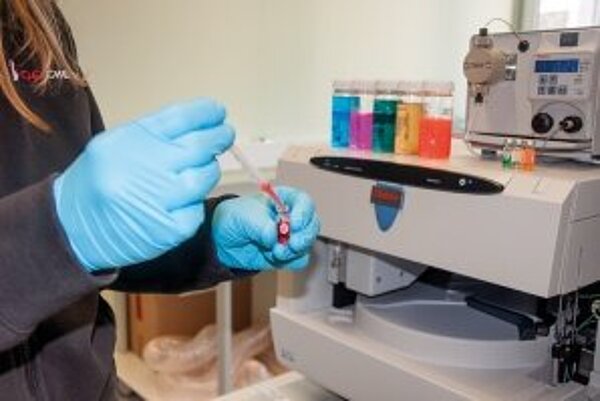Coolant monitoring
Radiator covers are not just for winter! This applies to motor vehicles and construction machines as well as to the cooling of stationary engines which are operated with diesel, or natural or special gases. The cooling water fortified with coolant absorbs heat from the engine, transports it to the radiator and releases the heat quickly to the atmosphere. More than 400 l/min of coolant are pumped through the system in one truck engine alone, and more than 150 l/min in a passenger car. The coolant, which is usually mixed with 50% water at most, protects against corrosion, cavitation and deposits and reliably prevents freezing at sub-zero temperatures. Because of their previous principal use, modern coolants are often referred to as „anti-freeze“; however, they can definitely no longer be compared with these products.
Today‘s generation of long-term cooling protection (extended life coolant) is specially designed for long-term use in large diesel, natural gas and specialty gas engines. These liquids, which are often red in colour, are based on ethylene glycol and are generally free of nitrites, amines and phosphates. As they are expected to reach service lives of up to 1 million km or up to 10 years, they contain organic acids, among other things, as inhibitors. At the same time, they are formulated to be compatible with up to 100 different materials with which they come into contact.

Double the safety of your engines – analyse coolant in addition to oil
Failures of the cooling system and associated engine damage are primarily caused by the improper handling of coolant and cooling water. Therefore, regular annual monitoring of the coolant is indispensable! OELCHECK will soon introduce the new analysis kits for checking coolants. In combination with regular inspections of the engine oils, your motors are doubly safeguarded!
Related information
OELCHECKER Winter 2016, page 3



